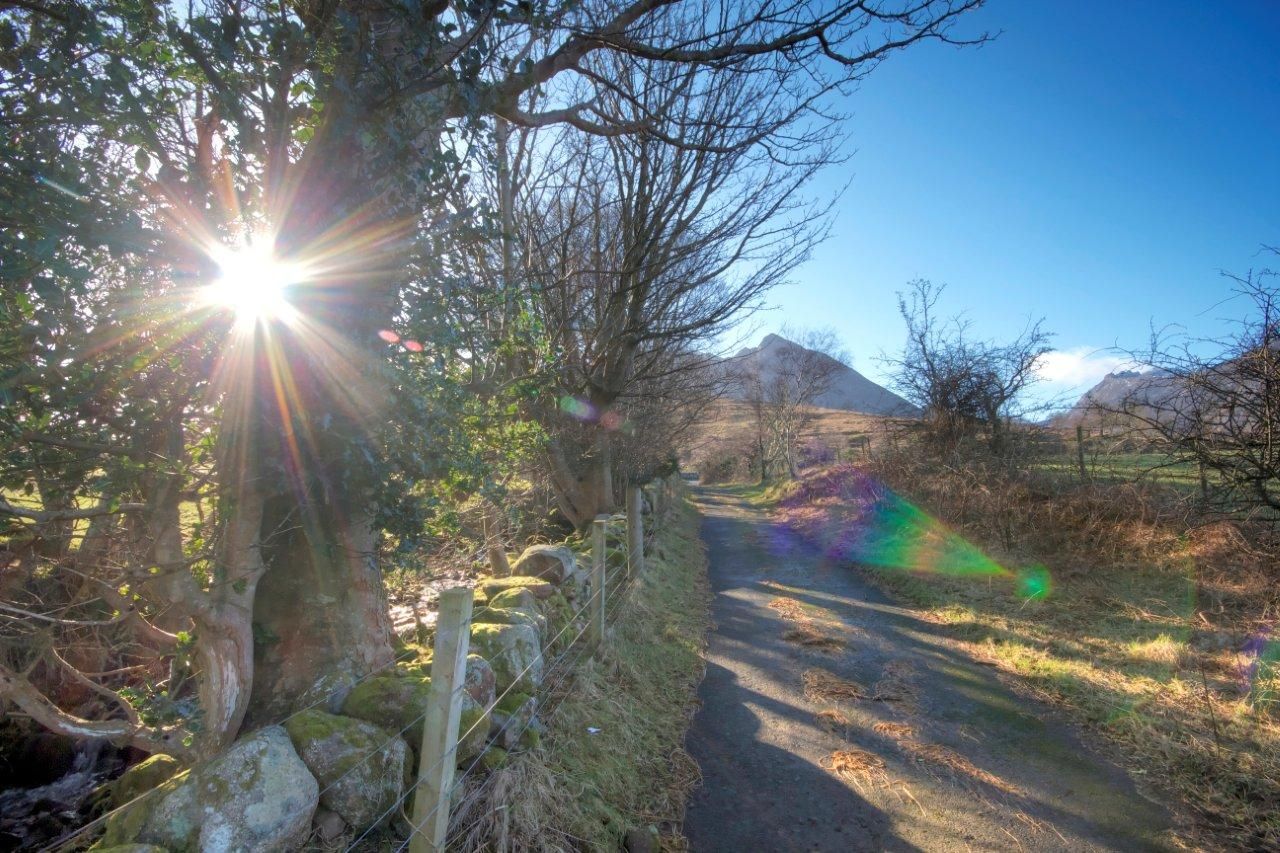
August 28th Arran Covid-19 Recovery Plan Summary Status
Summary: The ASK is simple, we want the same right to survive, community and business, as the rest of Scotland. No less, no more. Ferry Capacity constraints with 80/20 rule need to be adjusted to demand-supply balance. Being worked locally.
Critical Issues:
- Arran needs one of the 300 Rapid Test Kits set aside for Remote and Rural areas because tourism will continue into the autumn and winter. Ferry disruption will occur. Delays in obtaining results will risk the community.
- Need increased ferry capacity extended into the autumn and winter to allow business to trade safely out of the crisis.
- Debt, accumulating by business during the crisis, will affect future investment in people, product and infrastructure.
- Government support package that recognises tourism in general and Islands in particular as a special case requiring additional support.
- Outcomes from the two above determine the size for Island Survival Plan.
Critical Path: Ferry Capacity significant improvement means that Ferry Capacity is matching demand with the exception of weekends.
CalMac, enhanced summer schedule is a significant improvement from where we started. General Demand/ Supply balance is being achieved by a dramatic improvement in the utilization of available capacity. We are starting to see supply constraints at the weekends, which we may be able to fix locally. The bigger issue will be around the significant reduction in capacity with the removal of the CI and the Catriona in October and as yet, no winter timetable. These issues, if not resolved, will significantly restrain demand and reduce the Islands ability to safely trade out of this crisis.
Demand Outlook:
Early indications are that deferred holidays from the Spring are being re-planned for the Autumn, with October and November bookings already running ahead of last year. We will continue to monitor and provide input for the required ferry capacity.
July end 2019 we had booked £38m of our £69m. If we can maintain the dramatic change in capacity utilization, we could get to between £23m for the year. Better if we can develop Autumn demand and deliver with CalMac support. Businesses continue to be impacted by COVID19 restrictions and are vulnerable to fluctuations in demand and fragility in ferry capacity, particularly as we move into the Autumn months. Many businesses remain on the edge of viability, as they struggle to turn demand into sustainable revenue. What happens over the next 8 weeks will be crucial. We still need Government, at all levels, to urgently establish an ‘Island Survival Plan’.
Tom Tracey August 14th
Background:
COVID-19 has effectively closed travel and tourism. Restrictions will not be removed before a vaccine is available (12 months plus). Tourist revenue is the primary income for Arran and will be reduced by around 70% this calendar year. Arran needed to develop a recovery plan in line with the Government Route Map.
Who are the Arran Recovery Group.?
Arran Recovery Group is a short-term response group focused on tackling a particularly critical situation. Health and Social Care Partnership, Community Council, Visit Arran, Auchrannie, Taste of Arran, Eco-Savvy, Arran Development Trust, North Ayrshire Council support, Local Councillor, Arran Schools, ACVS, Arran Ferry Committee, Highlands and Island Enterprise, Arran Economic Group.
Sources of information:
1) Knowledge from all of the above.
2) STEAM report for Arran 2019.
2) CalMac actual capacity data for 2019.
3) Questionnaire May/June 2020; 900 respondents or 20% of the population
The objective of the Arran Recovery Group.
Develop a Recovery Plan which balances the three main strands of Island life, Community, Environment and Economy through each stage of recovery, underpinned by National and local HSCP guidance. The Plan must show how the community will be safe, responsible and sustainable while managing risk. The plan will operate within the Government guidelines and timetable, Respond, Reset, Reset, Recover: It will ensure four capacities are in place to facilitate recovery:
- Safety is the primary concern of the community and the people who visit us. Ensure, clear guidelines are in place to mitigate risk and our local HSPC has the capacity to manage Test and Trace for CV19 and maintain normal services for the community and visitors.
- Supply: Ensure that there is enough ferry capacity to support local and visitor travel while providing business with information on support available to sustain and prepare for restart.
- Demand: Ensure, when the time is right, that Arran is promoted as a Safe, Responsive and Welcoming Island destination.
- Island Financial Recovery fund that recognises the particular Island constraints to Recovery and supports Business infrastructure.
Consultation:
The Recovery Plan will be informed by engagement with the Community on Arran. The objective being to achieve the widest possible consensus.
Arran Recovery Plan to date:
900 respondents and 35,000 responses from community survey help establish a baseline and direct future plan. Draft 6 of the plan complete and draft 7 will go on the website by the 31st July.









